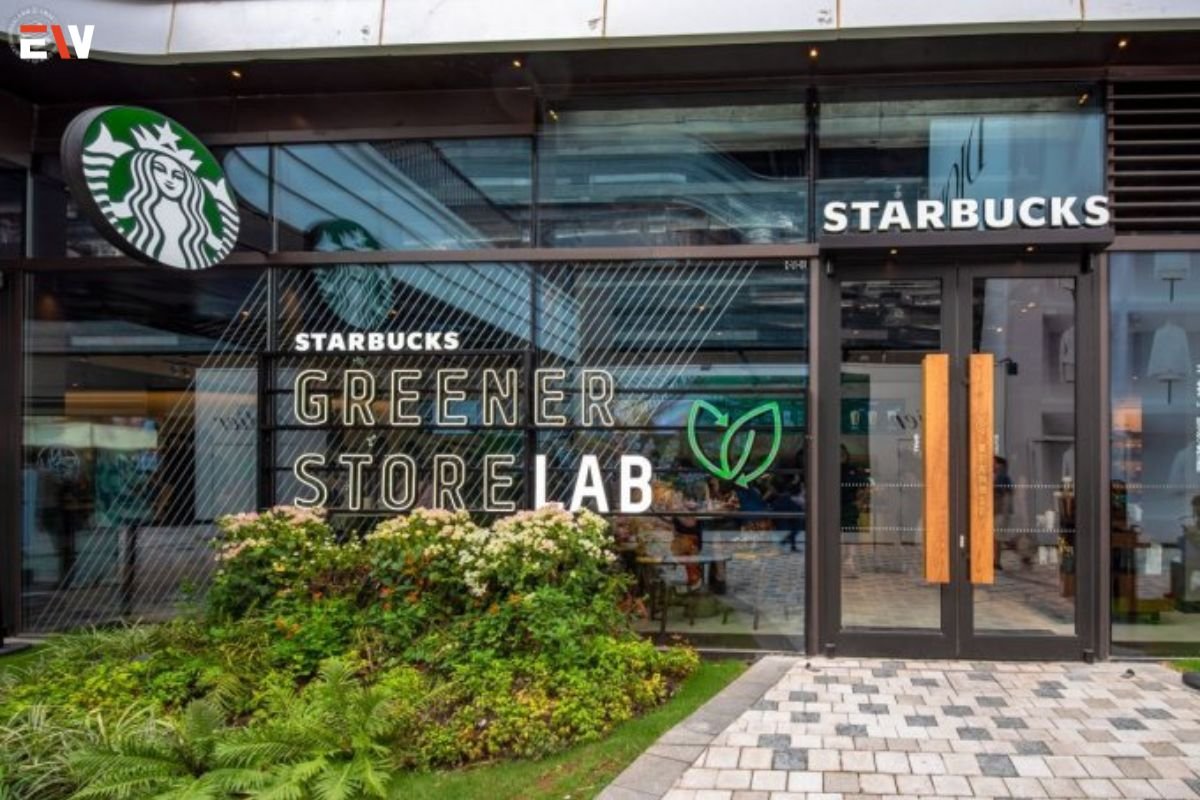As the global focus on environmental preservation intensifies, sustainability programs have become a critical component for organizations, governments, and communities striving to reduce their environmental impact. These programs encompass a wide range of initiatives designed to promote sustainable practices, conserve resources, and protect the environment. This article explores various types of sustainability programs, their benefits, and examples of successful implementations.
What Are Sustainability Programs?
Sustainability programs are structured efforts to incorporate sustainable practices into different areas of operation. They aim to balance economic growth, environmental protection, and social equity. Key aspects of sustainability programs include:
1. Resource Conservation:
- Energy Efficiency: Reducing energy consumption through the use of energy-efficient appliances, lighting, and machinery.
- Water Conservation: Implementing measures to reduce water usage and promote water recycling and reuse.
2. Waste Reduction:
- Recycling and Composting: Encouraging the recycling of materials and composting organic waste to reduce landfill use.
- Waste Minimization: Developing strategies to minimize waste production, such as packaging reduction and waste-to-energy initiatives.
3. Sustainable Sourcing:
- Ethical Procurement: Sourcing materials and products from suppliers that adhere to sustainable and ethical practices.
- Local Sourcing: Supporting local suppliers to reduce transportation emissions and boost local economies.
4. Environmental Protection:

- Pollution Prevention: Implementing measures to reduce air, water, and soil pollution.
- Biodiversity Conservation: Protecting natural habitats and promoting biodiversity through conservation projects.
Benefits of Sustainability Programs
1. Environmental Benefits:
- Reduced Carbon Footprint: Sustainability programs help lower greenhouse gas emissions and mitigate climate change.
- Conservation of Natural Resources: Efficient use and management of resources help preserve natural ecosystems.
2. Economic Benefits:
- Cost Savings: Energy efficiency, waste reduction, and resource conservation can lead to significant cost savings for organizations.
- Market Competitiveness: Companies that prioritize sustainability can attract environmentally conscious consumers and investors.
3. Social Benefits:
- Community Engagement: Sustainability programs often involve community participation, fostering a sense of shared responsibility and collaboration.
- Improved Health and Wellbeing: Reducing pollution and promoting clean environments contribute to better public health.
Examples of Successful Sustainability Programs
1. Interface’s Mission Zero
Overview: Interface, a global leader in modular flooring, launched its Mission Zero initiative in 1994 with the goal of eliminating its environmental footprint by 2020.
Key Achievements:
- Reduced Emissions: Interface reduced its greenhouse gas emissions by 96%.
- Recycled Materials: The company uses recycled materials in its products, significantly reducing waste.
- Energy Efficiency: Interface has improved its energy efficiency by 43% since the program’s inception.
2. Starbucks’ Greener Stores Initiative

Overview: Starbucks launched its Greener Stores initiative to design, build, and operate 10,000 greener stores globally by 2025.
Key Achievements:
- Energy Conservation: Implementing energy-efficient lighting, heating, and cooling systems.
- Water Efficiency: Installing low-flow faucets and fixtures to conserve water.
- Waste Reduction: Enhancing recycling and composting programs in stores to minimize waste.
3. Unilever’s Sustainable Living Plan
Overview: Unilever’s Sustainable Living Plan aims to decouple growth from environmental impact while increasing positive social impact.
Key Achievements:
- Sustainable Sourcing: By 2020, 67% of Unilever’s agricultural raw materials were sustainably sourced.
- Health and Hygiene: The plan has helped improve health and hygiene for over 1 billion people.
- Waste Reduction: Unilever has achieved zero waste to landfill across its global factory network.
4. Patagonia’s Environmental Initiatives
Overview: Patagonia, an outdoor apparel company, is known for its strong commitment to environmental sustainability.
Key Achievements:
- 1% for the Planet: Patagonia donates 1% of its sales to environmental organizations.
- Recycled Materials: The company uses recycled polyester and organic cotton in its products.
- Worn Wear Program: Patagonia encourages customers to repair, reuse, and recycle their clothing through its Worn Wear program.
5. Google’s Carbon Neutrality
Overview: Google has been carbon neutral since 2007 and continues to lead in sustainable practices.
Key Achievements:
- Renewable Energy: Google purchases enough renewable energy to match 100% of its global electricity consumption.
- Energy Efficiency: The company continuously improves the energy efficiency of its data centers.
- Sustainable Products: Google designs products with sustainability in mind, using recycled materials and promoting longevity.
How to Implement a Sustainability Program

1. Assessment and Planning:
- Conduct an Environmental Audit: Assess current practices and identify areas for improvement.
- Set Clear Goals: Establish measurable and achievable sustainability goals.
- Develop a Strategy: Create a detailed plan outlining the steps needed to achieve these goals.
2. Engagement and Training:
- Employee Training: Educate employees about sustainability practices and their benefits.
- Stakeholder Engagement: Involve stakeholders, including suppliers, customers, and the community, in sustainability efforts.
3. Implementation:
- Pilot Projects: Start with pilot projects to test and refine sustainability initiatives.
- Monitor Progress: Regularly monitor and measure progress towards sustainability goals.
- Adjust and Improve: Continuously improve practices based on feedback and performance data.
4. Communication and Reporting:
- Transparency: Communicate sustainability efforts and progress to stakeholders through reports and updates.
- Celebrate Success: Highlight achievements and recognize contributions from employees and partners.
Conclusion
Sustainability programs are vital for addressing the environmental challenges we face today. By adopting sustainable practices, organizations can reduce their environmental impact, achieve cost savings, and contribute to a healthier planet. The examples of successful sustainability programs from leading companies demonstrate that with commitment and innovation, significant progress can be made.
Whether you’re an individual looking to support sustainable businesses or a company aiming to implement a sustainability program, the journey toward sustainability is a worthwhile endeavor that benefits everyone. Embrace the principles of sustainability and drive positive change in your community and beyond.










